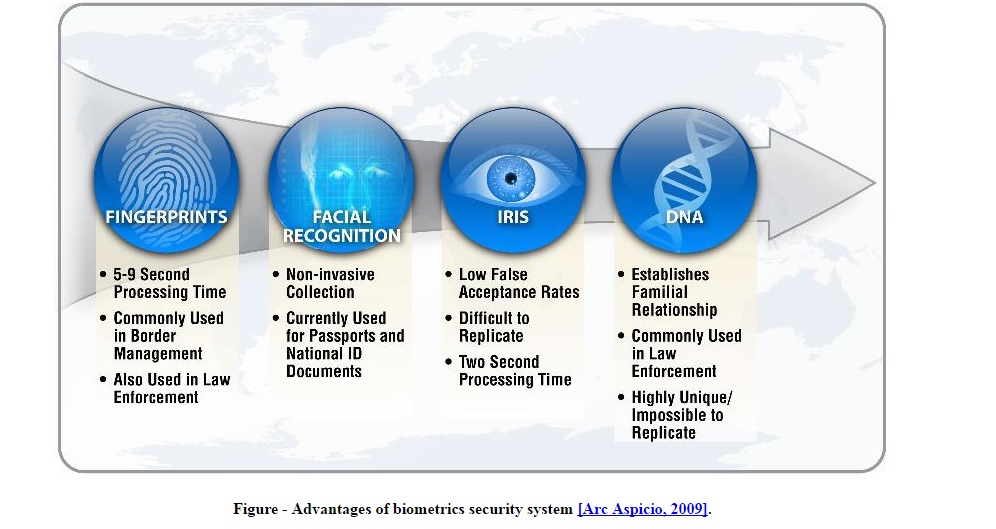Warriors, It’s becoming increasingly clear that the leaders in D.C. have gone as far away from the protections of our U.S. Constitution as humanly possible.
HR1313 is in the news right now, but what about BEFORE HR1313? What is HR1313?
(*Note: While I am not the first person to write about HR1313, I will be the first one to come at it from an anti CCSS viewpoint.)
Our Task:
From the title of this article (and hopefully the featured picture), you know this will be about data mining. But, my fellow Warriors, it will go beyond ‘just’ data mining…down to our very DNA. Our task, Warriors, is simply this: learn all we can from the researched facts and share it.
The Force Behind the Bill:
The Bill, HR1313, is known as “Preserving Employee Wellness Programs Act”. It’s sponsor is ‘our’ sold-out CCSS Machine member, Rep. Foxx from NC. Mrs. Foxx is the lead Chair of the U.S. House of Representatives’ Education and Workforce Committee. While Mrs. Foxx has claimed she isn’t a fan of CCSS, she sure does love its ‘alter ego’, CTE (Career Tech Education). While she’s claimed to not be a fan of the U.S. Dept. of Education, she sure doesn’t appear to have a problem with accessing their shared data.
Foxx, in case you didn’t know it, was key in helping get the 2014 Workforce Innovation and Opportunity Act (WIOA) to become a federal law. Since CTE is woven into WIOA at least 21 different times it’s easy to see WHY she has been quoted as saying ‘All education is Career Tech Education.’
(*Note: In researching WIOA, I found an alternative phrase used in the place of ‘Career Tech Education’; CP or ‘Career Pathways’.)
If you access the highlighted ‘key’, or ‘all education…’ above, you’ll also learn that Foxx is a fan of ESSA. Needless to say, she ignored every single bit of voter/anti CCSS or anti Fed Ed contact urging her to vote ‘no’ on ESSA (Every Student Succeeds Act).
What’s So Damning About HR1313?
First, Foxx’s ties to the CCSS Machine.
Second, the data mining will extend from the U.S. Dept. of Labor to the U.S. Dept. of Health and Human Services and the U.S. Treasury. What federal agencies AREN’T mentioned should be on our radars. They also share data with agencies mentioned. An example would be the data which flows freely between the HHR/Labor/Education. But, does the data pass between the Dept. of Ed and the Treasury? Look below:

We Need To Stay Diligent:
Another thing that should be on our anti Fed Ed Watch is the fact that the LADDER Act would create a NEW National Workforce Council where each of the federal agencies (picture below) would have more access to your data.
(*Note, they can access it now, but the Council would have even greater access.)
While HR1313 is geared towards those with jobs, we need to remember with the CCSS Machine’s shift TO a work-based education, it is all about the jobs and the economy, NOT education! So combine HR1313 with the Ladder Act and the control/data mining will increase at an insane rate!

More Troubles With HR1313:
The most troubling about HR1313, is the biometrics it will use. On Pages 1 and 2 of the Bill, you’ll see the words ‘assessment’ and ‘biometrics’.
Warriors, I am not the biometrics expert on education. However, I find a connection to education via ‘biobanking’. Microsoft’s data collection is linked to the Special Olympics. The Special Olympics uses ‘biobanking’. So does the Dept. of Health and Human Services through their sub-agency, the NIH (National Institutes of Health ). If you aren’t sure what ‘biobanking’ is, here is the definition from my previous article, “What is ‘biobanking’? It refers to banks where human tissue samples, their DNA, and other such personal items are stored.”
Here’s the entire article: NIH data mining
************************************************************
According to this 2011 Biometrics Research Paper, the technology behind invading our privacy will increase, become more important, and..impossible to lose.
While HR1313 is targeting adults, let’s not forget that the CCSS Machine is a ‘seamless transistion’ intended for cradle to grave. So, what happens at the beginning, happens repeatedly.
What has already happened in data mining for our K-12 students, is happening with our adults. SLDS (Student Longitudinal Data System) and WQDI (Workforce Quality Data Initiative) take care of that. It’s happening with biometrics as well.

*******************************************************
See these excellent connect-the-dots resources on the damages of intrusive data mining:
1) For our Students:
a) Michelle Malkin’s 2013 article on the collection for federal control.
b) Michelle Malkin’s article on eye scans taken without parental permission.
c) “What Is Common Core?” blog articles for CEP (Commission on Evidence Based Policy Making) which uses student data/biometrics.
d) From the New American Magazine, this 2013 article, shares a mom’s real life story of biometrics. (*See the screen shot below.)

Related:
If you are concerned about the amount of ‘research’ ESSA will meter out to your student or your family, read this. Be sure to look for the “Brain Initiative”. Since it’s a White House led program Obama started, will Trump extend it?
2) For Our Adults:
a) This 2016 Slate article is jam packed with evidence about the falsehoods of the incentive-driven wellness programs HR1313 wants to mandate. It points out how the government is pushing companies (never a good sign) to use wellness programs to save money, yet the truth appears to be while the healthy workers get a discount, the non-healthy absorb the costs to make up any differences. On paper, everyone wins. In reality, only a select few.
b) “Total Wellness’s” website published this article questioning how legal employer based wellness programs are. (*Note: Be sure to read the comments about real life experiences.)
c) This 2013 Joint Concensus Journal explains biometrics and the need for them in the workplace. The evidence is based on the following definition, “The US Centers for Disease Control and Prevention defines biometric screening as the measurement of physical characteristics such as height, weight, BMI, blood pressure, blood cholesterol, blood glucose, and aerobic fitness that can be taken at the worksite and used as part of a workplace health assessment to benchmark and evaluate changes in employee health status over time.” (*Note: Refer back to the NIH embedded article to see how the CDC is included in data mining.)
d) COABE_stratg_broch_v4 From my 2015 article, this document gives the strategy for using research data (includes biometrics) to spread WIOA’s influence in your community. Note that the CCSS Machine member organization, McGraw-Hill underwrote the document.
Other warning signs about HR 1313 include:
Page 3, with its’ ‘Uniformity Across Federal Agencies’ clause.
Page 7, gets into family genetics and personal information your employer can access.
Page 8, ‘earn a reward’. The government’s idea of a bad joke?
Closing:
This last article shares that HR1313 is following political party lines. Rep. Foxx’s party, the Republicans, are ‘winning’ so far. Warriors, as we know the fight to save our students has become a fight to save our citizens. Why? Because, as has been pointed out, it’s no longer about education, it’s all about the jobs.




I found a letter by the American Society of Human Genetics opposing the bill. They said that:
A key component of ADA and GINA is that they prevent workers and their families from being coerced into sharing sensitive medical or genetic information with their employer. For GINA, genetic information encompasses not only employees’ genetic test results but also their family medical histories. H.R.1313 would effectively repeal these protections by allowing employers to ask employees invasive questions about their and their families’ health, including genetic tests they, their spouses, and their children may have undergone. GINA’s requirement that employees’ genetic information collected through a workplace wellness program only be shared with health care professionals would no longer apply.
The bill would also allow employers to impose financial penalties of up to 30 percent of the total cost the employee’s health insurance on employees who choose to keep such information private. According to the Kaiser Family Foundation, the average annual premium for employer-sponsored family health coverage in 2016 was $18,142. Thus, for such a plan, a wellness program could charge employees an extra $5,443 in annual premiums if they choose not to share their genetic and health information.
http://www.ashg.org/press/201703-HR1313.html